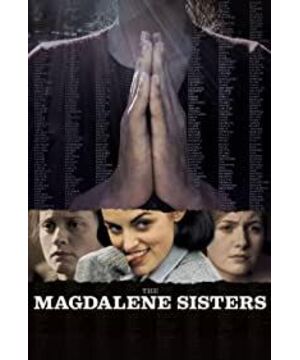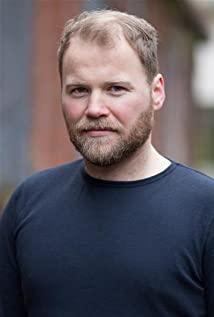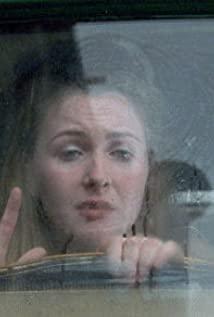Of course, all this is impossible. The reality is much more cruel and oppressive.
In fact, Madeleine's real "wall" is not high, and the mothers are actually very afraid of death. Technical analysis, carefully set a strategy, it is relatively easy to pass. Looking at the one who finally escaped, he didn't use any clever means. A firm heart and a pair of scissors were enough. The nuns who flogged the girls ran away in a fright with a candlestick, and they had no fighting power at all.
But is it enough to escape? Where are you going to escape?
Bernadette was lucky to have a cousin who accepted, and poor Una was sent back by her father to be treated more cruelly.
The Irish world in the 1960s was extremely conservative, and the power of the Catholic Church was rare and powerful in the West, which was already permeating the wind of freedom. In 1973, Ireland’s regular mass attendance rate exceeded 90%. Had it not been for the 1990s, the Catholic Church had experienced a series of sex scandals, I am afraid that Ireland would not have finally been abolished in 1995 with a referendum rate of 50.28% for 58 years. Divorce prohibition law, and closed the last reformation home like Magdalene in 1996.
At the beginning of the 20th century, the Irish movement for independence relied so much on the power of the church that the Protestants in Northern Ireland began to demand unity with the United Kingdom. Since then, Catholicism has become the core content of national self-esteem and national culture. In addition, Ireland, which relied heavily on agriculture at the time, caused economic recession due to successive years of poor harvests. Under the tense social atmosphere, faith became the only outlet for stability. It is not surprising that the persecution under the name of religion was so blatant and supported.
The girls who escaped at the end of the film finally went to England because they were not safe in Ireland because they were not accepted by the society.
The film aroused the anger of the Vatican for exposing the crimes of the church, but after watching it, you will find that the filming is still very restrained. Director Peter Mullan gave more space to the girls' various feelings, so the details of the film are quite interesting. For example, when Margaret was finally rescued by her younger brother from the probation center, in order to regain her dignity, she asked her to give way when she failed. She suddenly knelt down and prayed, and she finally went around. Some people say that this reflects Margaret's weakness, but I think this is precisely her scheming. If you don’t want to have a head-on conflict, it’s impossible to let her make way on the ground of the mother, but if she starts to pray to the mother to God, no one dares to stand in front and accept it and cannot say no, so she has to go around. Up.
Reality is always more amazing than movies.
Not only in bad girls’ correctional homes like Madeleine, in the 1930s to the 1990s, tens of thousands of children were generally abused by nuns, priests, and other clergy in the correctional homes, schools and relief institutions run by the Catholic Church in Ireland. After nine years of investigation, the Irish Commission to Investigate Child Abuse finally released a detailed investigation report of the country’s Catholic institution on continuing child abuse scandals. The final version reached more than 2,600 pages.
In 2002, the Irish Catholic Church agreed to pay 175 million US dollars as compensation for victims of sexual abuse by clergy. So far, more than 10,000 people have received the compensation. The Vatican involved in obstructing the investigation has not yet responded to the 60-year-old child abuse incident.
View more about The Magdalene Sisters reviews











